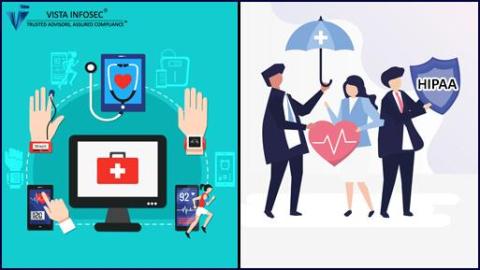PCI DSS Requirement 2 - Changes from v3.2.1 to v4.0 Explained
In our last discussion, we explored the evolution of Requirement 1 in the transition from PCI DSS v3.2.1 to v4.0, with a particular emphasis on the move towards ‘network security controls’. As we continue our exploration of the updated PCI DSS v4.0, today’s focus will be on the transformations in Requirement 2.



